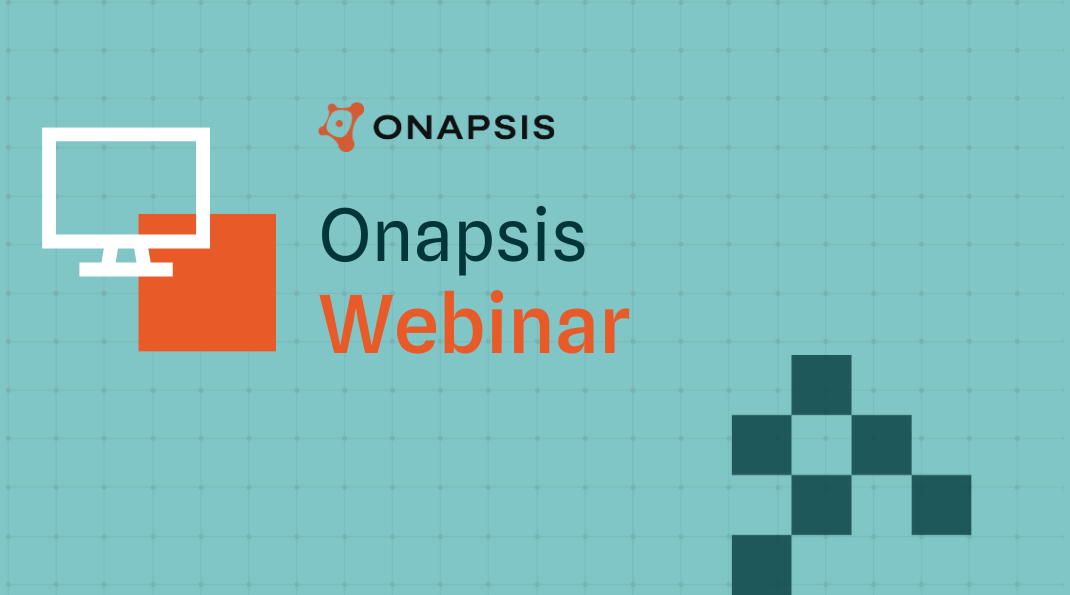Securing SAP Knowledge Management: Why Skipping Configuration Leads to Critical Risks

Introduction: The Hidden Risks of Out-of-the-Box Functionality
In the complex landscape of SAP, it’s a common misconception that powerful components are secure out of the box. The reality, as experienced SAP professionals know, is that features do not secure themselves. This is particularly true for SAP Knowledge Management (KM). While a potent tool for collaboration, an improperly configured KM component can expose your entire SAP landscape to significant and unnecessary security risks.
What is SAP Knowledge Management (KM)?
SAP Knowledge Management (KM) is a component within SAP NetWeaver, specifically part of the SAP Enterprise Portal. It acts as a centralized, role-based platform for users to access, share, and manage unstructured information like documents, images, and presentations from various data sources. Think of it as a comprehensive system designed to help your organization leverage its collective knowledge more effectively.
The Consequences of Improper SAP KM Configuration
Failing to properly configure SAP KM is not a minor oversight; it can create critical vulnerabilities. When left in a default or misconfigured state, your system is exposed to several threats.
User Enumeration and Privilege Escalation
Without the correct access control and user permission settings, attackers can exploit KM to enumerate users in the system. This information is often the first step in a more sophisticated attack, allowing an attacker to identify high-value targets and attempt to move laterally toward accounts with greater permissions, a technique known as privilege escalation.
Unauthorized Access to Critical System Files
A common misconfiguration can grant users access to sensitive system repositories they should never see, such as the /etc repository. This single point of failure opens the door for attackers to:
- Read sensitive data and system configuration files.
- Modify legitimate scripts to perform malicious actions.
- Inject malicious code or even deploy reverse shells to gain persistent control.
5 Key Configurations to Secure SAP KM
To mitigate these risks, it is essential to move beyond the baseline setup. Here are five key configurations your team must implement to properly secure SAP Knowledge Management.
- Enable Key Functional Units: As a foundational step, ensure that the necessary functional units for both the Portal and for KM are enabled. This is a critical post-installation step detailed in SAP Note 1499993.
- Activate SAP Antivirus: Enable the native SAP Antivirus interface. This allows for the scanning of uploaded files to prevent malware from being introduced and stored within your KM repositories.
- Address Known Vulnerabilities: Proactively apply the patch for the vulnerability described in SAP Note 1477597. This note details how an attacker could abuse KMC’s HTML and text documents to gain unauthorized control over application content and compromise user authentication information.
- Configure the Malicious Script Filter: This essential content filter automatically encodes executable scripts found in files when they are uploaded to or modified within KM repositories. This prevents attackers from storing and later executing malicious scripts through your KM platform.
- Complete the Post-Installation Checklist: SAP provides a detailed post-installation checklist for its tools. It is critical to review and complete all relevant steps in this guide to ensure no security-relevant configurations are missed.
How Onapsis Helps Secure SAP Knowledge Management
While the manual steps outlined above are critical for securing SAP KM, relying on periodic, manual checks can leave windows of opportunity for attackers. A modern SAP security strategy requires continuous validation to ensure these critical configurations are always in place and effective.
This is where The Onapsis Platform provides significant value. Onapsis automates the process of inspecting your SAP systems for thousands of misconfigurations, including those specific to SAP Knowledge Management and the Enterprise Portal. Instead of relying on manual checklists, the platform provides continuous validation of your security posture, automatically alerting your teams if a critical configuration, like the Malicious Script Filter, is disabled or an important SAP Note is missing. This transforms security from a point-in-time activity into a sustainable, automated program.
Conclusion: Security is a Shared Responsibility
While SAP provides the tools for a powerful knowledge management system, it is up to your organization to configure them securely. The baseline settings are not designed for maximum security. Proactively implementing these key configurations is essential for protecting your SAP landscape and transforming SAP KM from a potential liability into a secure and valuable business asset.
Frequently Asked Questions (FAQ)
Is SAP Knowledge Management still relevant today?
Yes. While it is an older component, SAP KM is a core part of the SAP Enterprise Portal, which is still widely used in many large organizations. Any company running an SAP Portal likely has KM active, and if it is not properly secured, it remains a viable and dangerous attack vector.
Our SAP systems are behind a firewall. Isn’t that enough protection?
No. A firewall is a critical network-level defense, but the vulnerabilities in SAP KM are at the application layer. An attacker who has already gained basic access to the network can exploit these misconfigurations to escalate their privileges. Application security requires specific controls within the application itself.
How often should we check these KM configurations?
These configurations should not be a “one-time” setup. They should be validated periodically and after any system update, patch, or major change. The best practice is to move to a model of continuous monitoring using an automated tool that can check these settings in real time and alert you to any unauthorized changes.
How can we stay updated on new SAP KM vulnerabilities?
The most important practice is to closely follow the monthly SAP Security Notes released on SAP Patch Day. Additionally, subscribing to threat intelligence services that specialize in business-critical applications can provide early warnings and deeper context on emerging threats to your SAP landscape.



